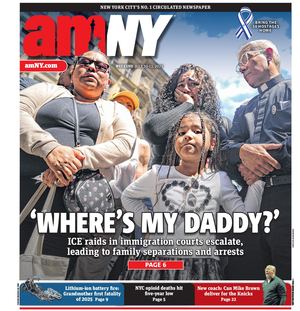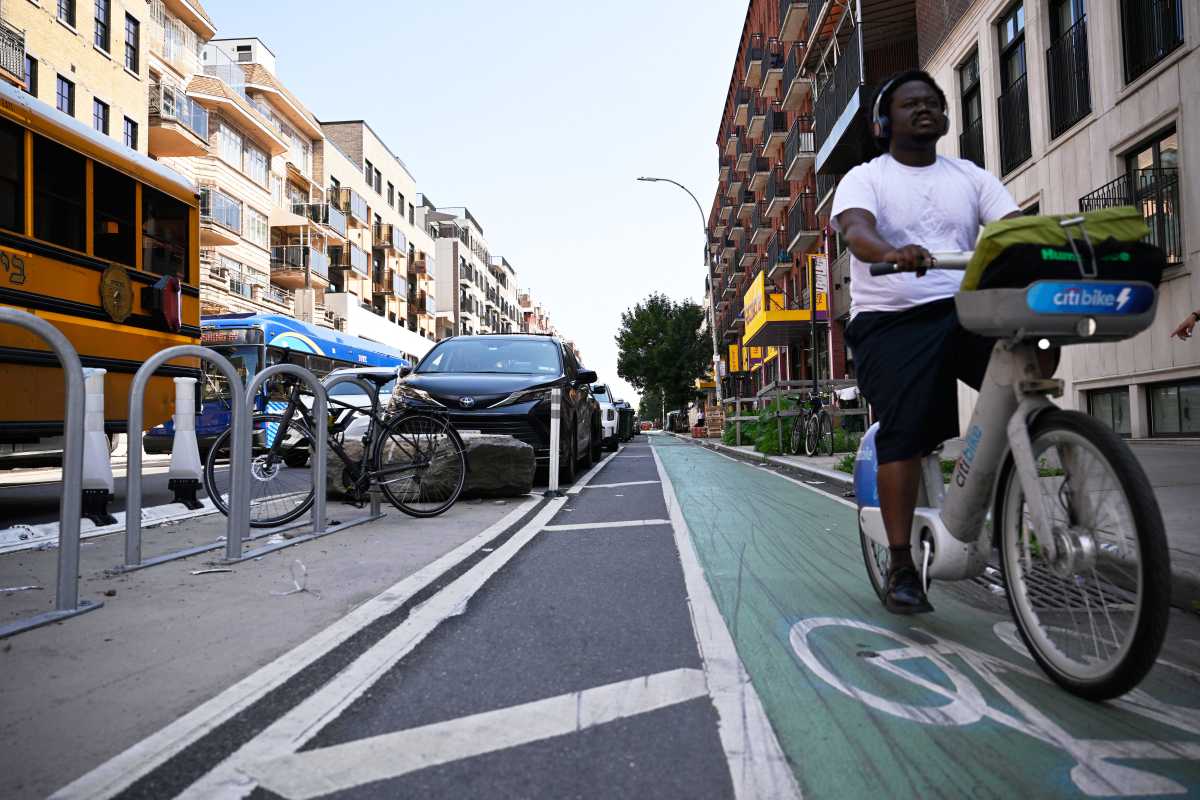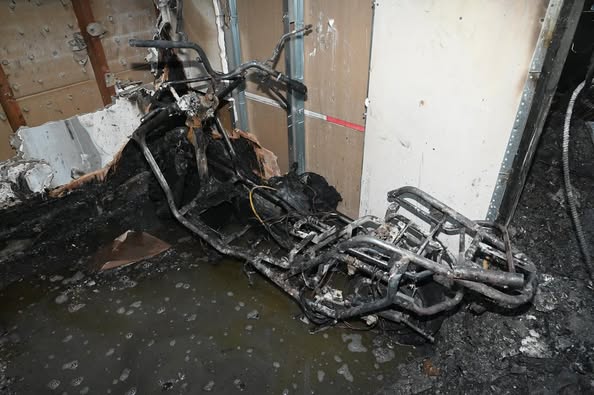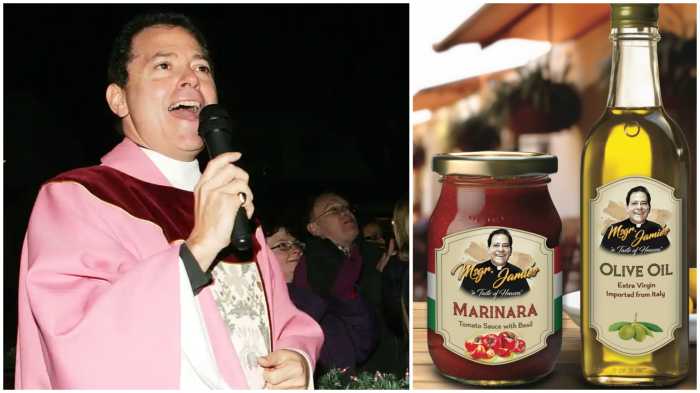BY PAUL DeRIENZO | On Tues., June 25, Community Board 3 voted 33 to 3 with 1 abstention to approve, with conditions, the East Side Coastal Resiliency Project.
An “October surprise” dropped on the community last autumn, the E.S.C.R.P. would close East River Park for at least three-and-a-half years. It would raise the 57-acre park by 8 to 9 feet above its current level and place the lip of the park nearly 17 feet above the East River.
The result would be, for many, a riverside park in name only.
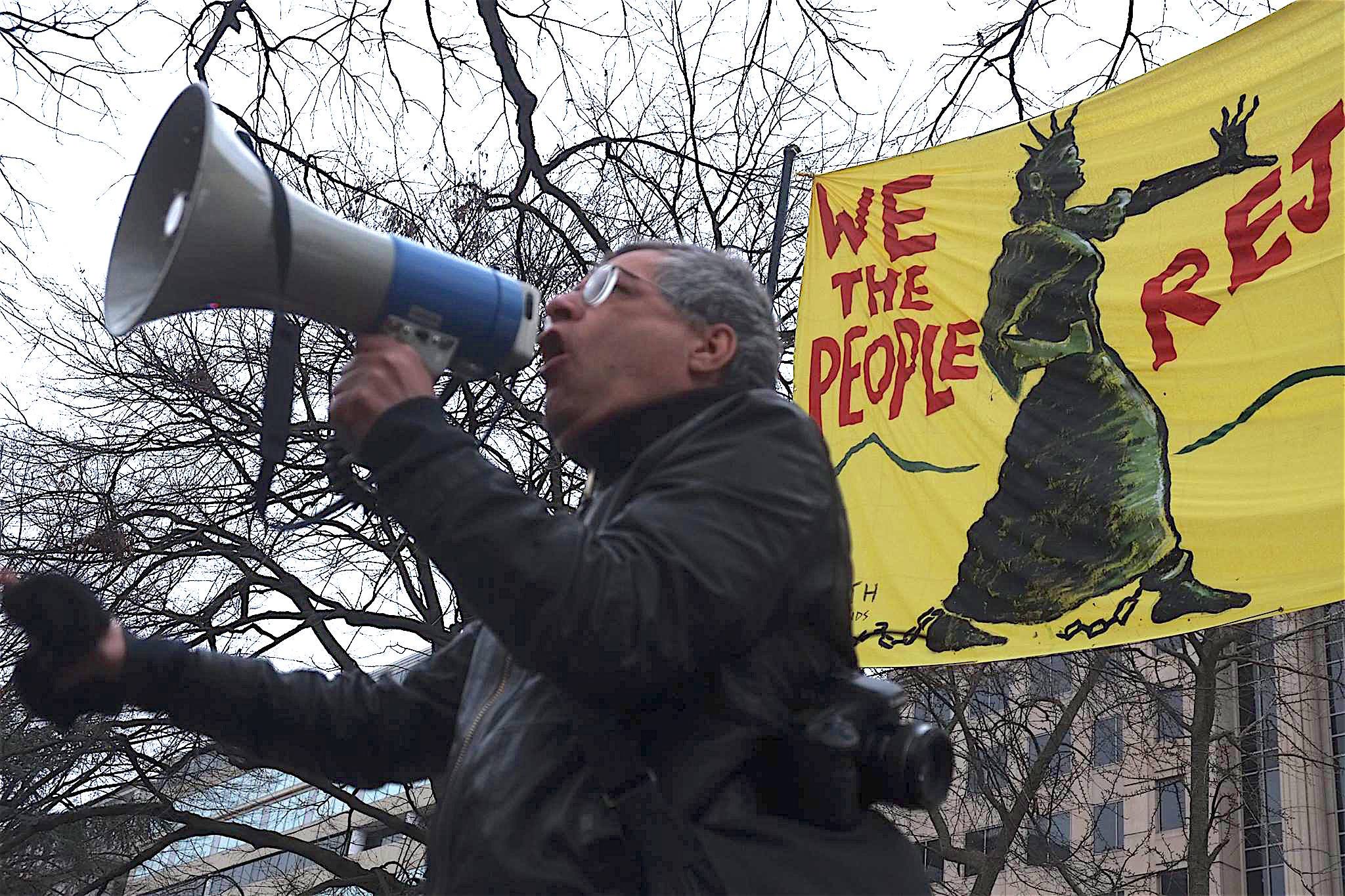
Those are some reasons I decided to vote No on the project. A few days earlier, though, I had voted for it at a C.B. 3 Parks Committee meeting, at which board members did a phenomenal job of crafting a last-minute alternative. But, in the end, I could not approve a city project that made a mockery of transparency and community involvement.
E.S.C.R.P. includes moveable metal walls, supposedly to block water from flanking the project and flooding the park from the west. Gouverneur Gardens would have to cede land along Montgomery St. for a wall that the Mitchell-Lama co-op building would then apparently have to care for and insure. The wall’s ability to protect the E.S.C.R.P. from nature’s flanking maneuver isn’t a sure thing.
Questionable fixes and the complete closing of a popular park for many years are not my only concerns. One glaring omission from the E.S.C.R.P. is the chance to separate combined sanitary- and storm-water sewers that allow sewage to spill into the river during heavy rains. That missed opportunity is evidence that the city was more concerned with costs than environment.
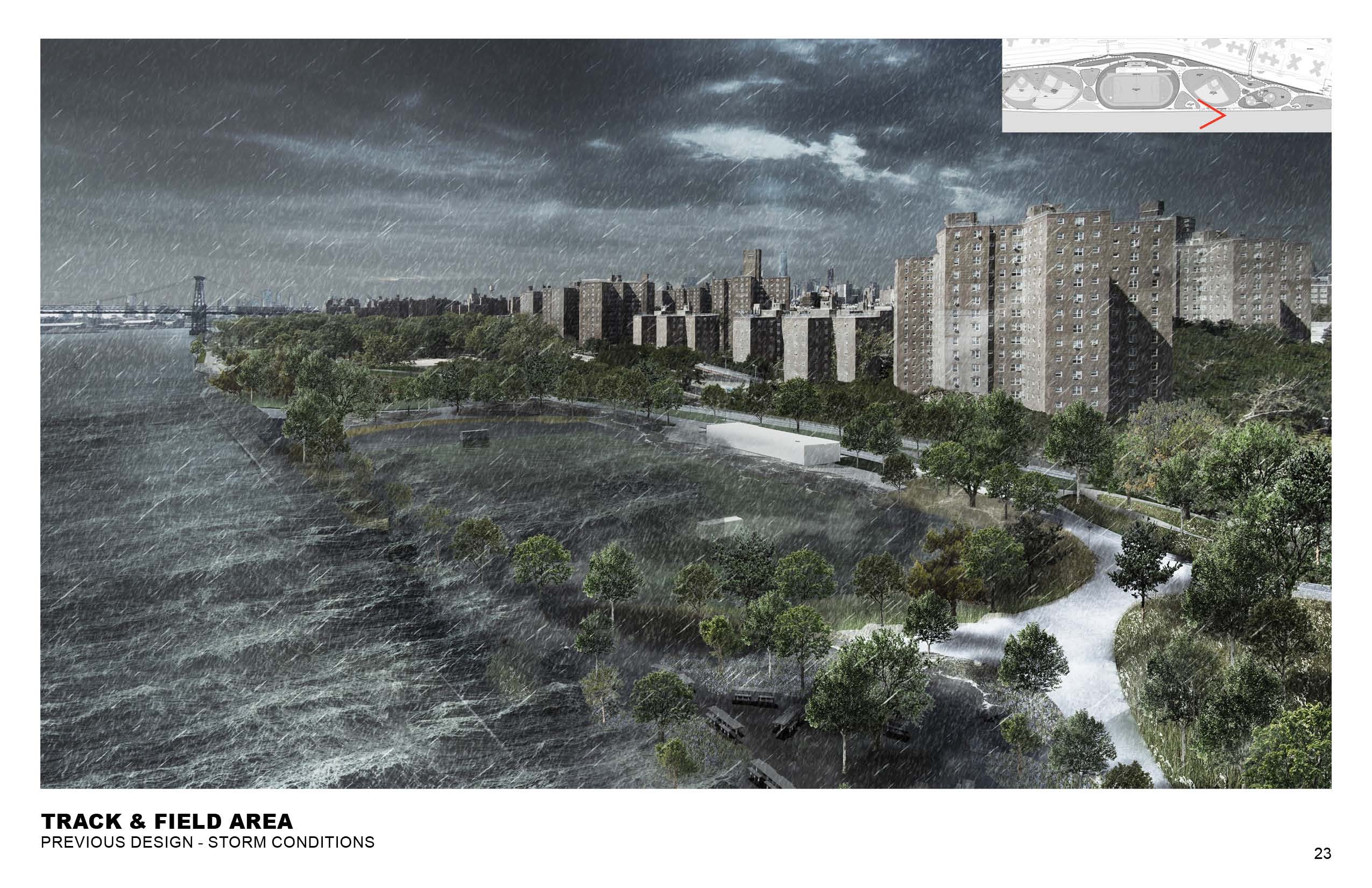
I attended many public hearings on the new plan and saw resistance everywhere. Even New York City Housing Authority residents, who felt they had the most to lose from another flood, harbored doubts about the city’s true intentions. After the breathtaking shift by the Department of Design and Construction — suddenly scrapping the previous, community-approved resiliency plan — why wouldn’t the public have doubts about the city’s long-term commitments?
The community plan envisioned the park as a wetland absorbing the rising sea, while using the F.D.R. Drive as a backstop for a flood wall that would have been created. It’s basically an approach that is being successfully implemented around the world. On the other hand, the city’s project uses tons of dirt from who knows where, which, during the construction phase, will raise dust clouds and pollute the air in a neighborhood with some of the highest asthma rates in the country.
E.S.C.R.P. continues the traditions of Robert Moses, who built the highway 80 years ago. Moses’ vision of a car-centric city still haunts New York. Consider the death of a young bike messenger hit by a truck two weeks ago, only to be followed by a young artist fatally struck by a cement truck as she was cycling just last week.
City representatives admit one more big storm might take down the elevated portions of the F.D.R. Why wait for another disaster? Removing the current structure and replacing it with an engineered buffer to protect against rising seas is a small price to pay to save New York from human-caused climate change.
DeRienzo, besides being a member of C.B. 3, is news director at listener-sponsored radio station WBAI in New York City.
